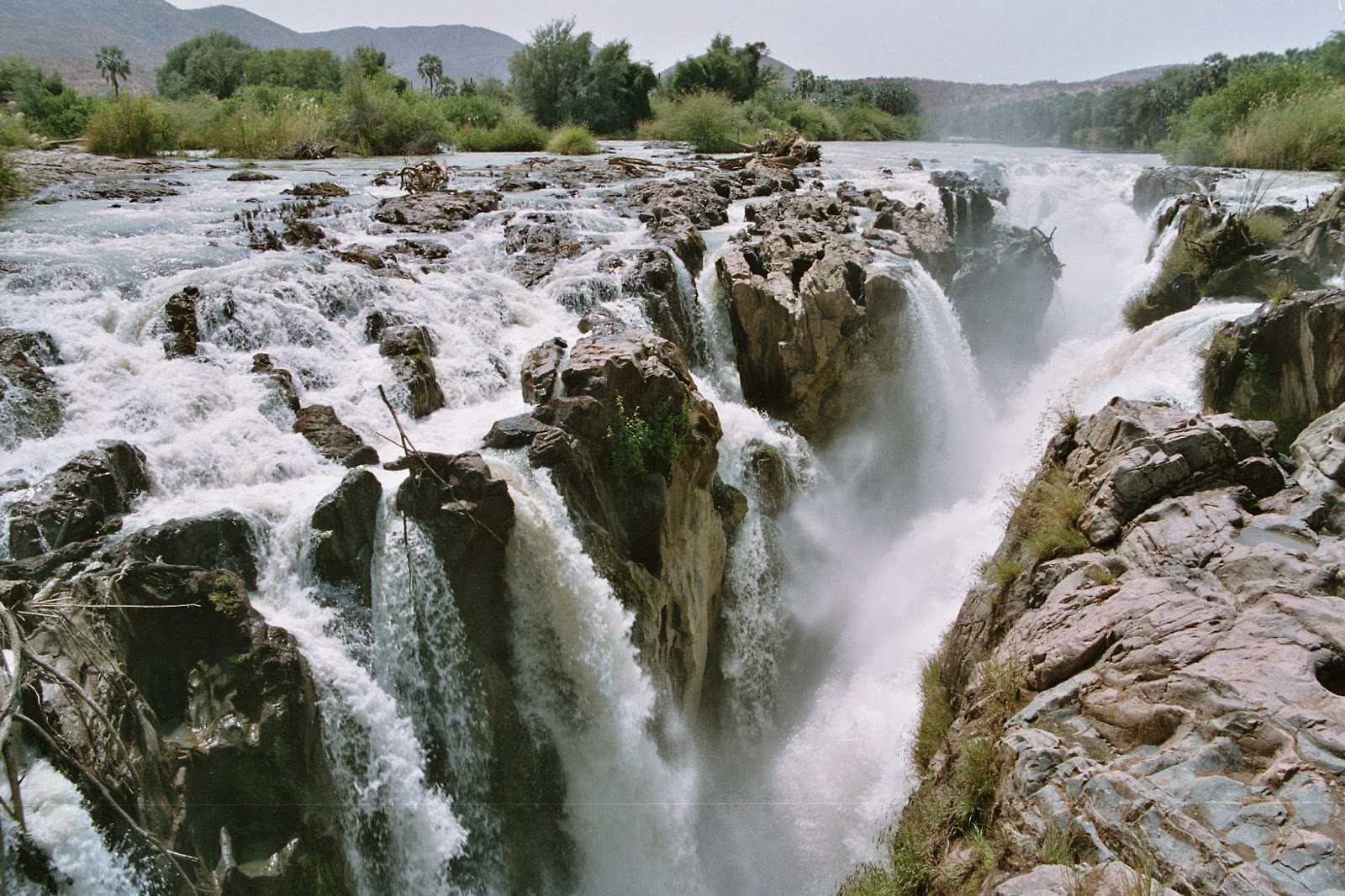Well, Monemvasia is just like a
Gibraltar. Monemvasia is a like a rocky island on the east coast of the
Peloponnese in Greece, interconnected with mainland by a small causeway. This
is natural beautiful island, which are 300 meters wide and a one kilometer a
long approx. It rises in a plateau, almost a hundred above sea level. Therefore
on the slope of this plateau, on the seaward side and hidden from the mainland
lies a beautiful small town. This oddly dreamy walled town, nestled under the
shadow of the towering rock is a living museum of Byzantine, Ottoman, and
Venetian history dating back to the 13th century.
The name “Monemvasia” is derived
from two Greek words, mone and emvasia, meaning "single entrance" and
refers to the narrow causeway which is the only way to enter the town.
Monemvasia was settled in the 6th century by the residents of ancient Laconia
seeking refuge from the Slavic invaders who ruled much of Greece in between 500
to 700 AD. Due to massive earth quake the rocky island had been separated from
the mainland in 375 AD. But with the passage of times, the several centuries
changes the history, Monemvasia changed hands again and again, back and forth,
between the Venetians and the Turks, until it was liberated during the Greek
War of Independence in the early 19th century.
Therefore in the World War II the
New Zealand six Brigades numbering quite a few thousand men was successfully
evacuated on April 28th 1941 mostly from the causeway and the two piers. But
soon after the Germans entered in Monemvasia, and which was not used as a
defensive position but rather as a place for wounded soldiers to recover. This
attractive island was originally settled on the top of the plateau, which is
now referred to as the “Upper Town”. However; progressively the settlement
spread down the hill, and big thanks to its exclusively well-defended position,
developed into an influential town. However; in the declining days of the
Byzantium Empire, Monemvasia becomes emerge a main city and one of the great
commercial centers of the Byzantium world and a key trading port, with a
population of just 40,000. However by the 18th century, Monemvasia went into
decline until it was re-discovered by travelers in the 1970’s.
Slowly, but gradually the town is
resurging in rank, and emerging into unique tourist destination with an
increasing numbers of tourists visiting the region during the summer. The
medieval buildings have been restored, and many of them converted to hotels,
and there’re plenteously of places to eat. There’re quite few places to visit,
and most popular places of interest are Christos Elkomenos Square, and The
Fortress. There’re myriad hotels available here, which are offering comfortable
and tastefully decorated rooms and suites are fully equipped and have balconies
overlooking the sea and the rock of Monemvasia offering guests a quiet and
friendly environment. The friendly atmosphere, outstanding service and
amenities offered will make your stay memorable. Sour: Charismatic Planet
























































